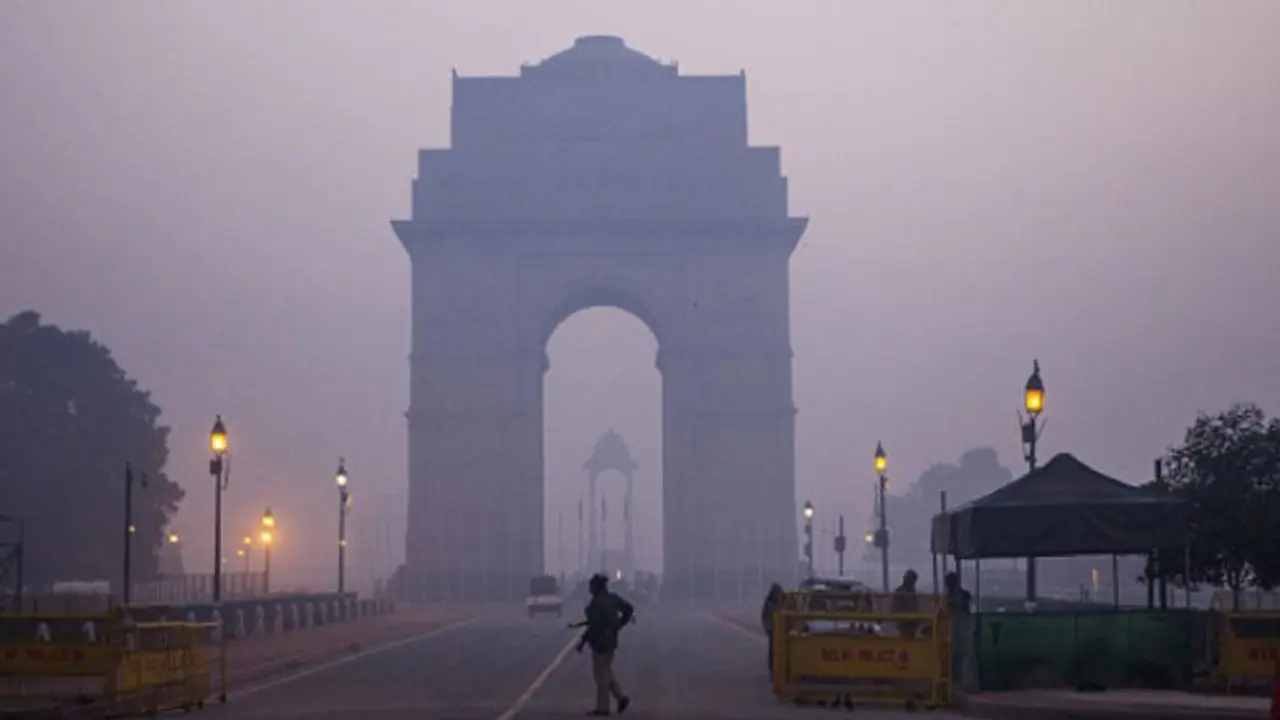The overall Air Quality Index (AQI) of Delhi was recorded at 315, according to the Centre-run System of Air Quality Forecasting and Research
New Delhi: Delhi's air quality for the first time this season deteriorated to the "very poor" category Wednesday, with several areas in the national capital nearing severe levels of pollution, according to the authorities.
The overall Air Quality Index (AQI) of Delhi was recorded at 315, according to the Centre-run System of Air Quality Forecasting and Research.
AQI between 0-50 — good
AQI between 51-100 — satisfactory
AQI between 101-200 — moderate
AQI between 201-300 — poor
AQI between 301-400 — very poor
AQI between 401-500 — severe
On Wednesday, Anand Vihar recorded an AQI of 358, Dwarka Sector 8 376, ITO 295, Jahangirpuri 333 and Rohini 330, according to the Central Pollution Control Board (CPCB).
The PM 10 level (presence in the air of particles with a diameter of less than 10 micrometres) in Delhi stood at 296 and the PM2 .5 level was recorded at 139, according to the CPCB data.
This is the first time this season that the air quality has deteriorated to the "very poor" category.
Further deterioration of air quality has been forecast for the coming days with the PM 10 level reaching 341 and the PM 2.5 level 159.
A CPCB official said a number of factors were responsible for the deteriorating air quality, including vehicular pollution, construction activities and meteorological factors.
Among the meteorological factors, the main reason was the drop and change of wind speed, which was now flowing from the stubble-burning areas, another official said.
The deterioration of air quality comes days after the implementation of an emergency plan to combat air pollution.
The official said on-ground implementation of the Graded Response Action Plan (GRAP) directions was being enforced, but the activities causing pollution were still continuing.
The GRAP, notified by the Ministry of Environment, Forest and Climate Change in 2012, prescribes a set of measures to curb air pollution based on the CPCB daily AQI.
The emergency plan is generally implemented if "very poor" or "severe" air pollution levels are recorded for 48 hours, but given the extent of winter pollution witnessed by the national capital, the plan was implemented as the air quality slipped to the "poor" category, the official said.
In addition, the CPCB has also deployed 41 teams to monitor the implementation of the measures taken to combat air pollution.
NASA satellites have picked-up several 'red spots' inside Delhi over the past couple of days, indicating that waste-burning in the open, despite a ban, is still rampant in the national capital.
According to reports, the burning of stubble, "shoots up the carbon dioxide levels in the air by 70%. The concentration of carbon monoxide and nitrogen dioxide also rises by 7% and 2.1% respectively, triggering respiratory and heart problems".
The change in the direction of wind affects Delhi's air as a result of stubble burning in Haryana, Punjab and Uttar Pradesh, according to an expert.
With agency inputs
